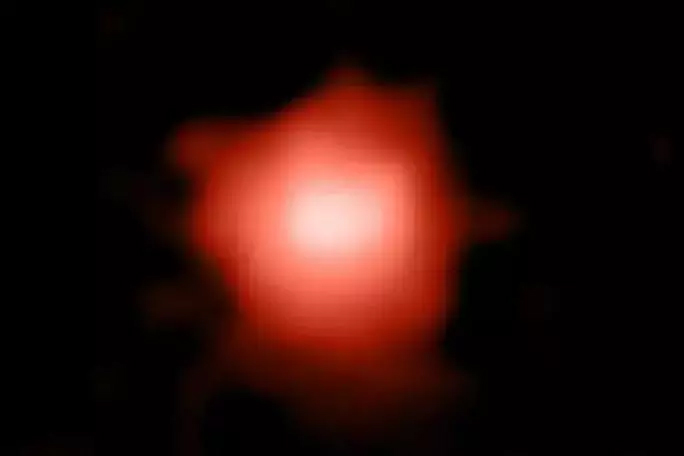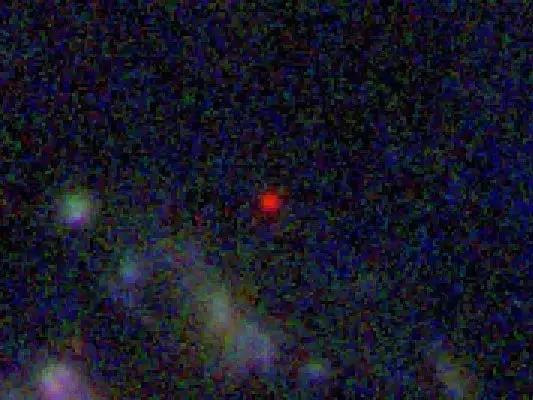The NASA James Webb Space Telescope continues to capture stunning images of two galaxies: GLASS-z13 and GLASS-z11, both approximately 13.5 billion years old, making them the oldest galaxies ever recorded.
This remarkable imagery has been analyzed by a team of scientists led by the Harvard-Smithsonian Center for Astrophysics (USA). According to Business Insider, the researchers revealed that they have also identified and studied another galaxy of the same age, GLASS-z11.

GLASS-z13, one of the two oldest galaxies ever found in history – (Image: NASA)
Astronomer Rohan Naidu from the Harvard-Smithsonian Center for Astrophysics, one of the discoverers of GLASS-z13 in the James Webb data, told New Scientist: “If these galaxies are at the distance we think, the universe was only a few hundred million years old at that time.”
GLASS-z13 spans about 1,600 light-years, while GLASS-z11 measures approximately 2,300 light-years. With these dimensions, they are considered small galaxies. In comparison, the Milky Way, which contains Earth, is a “monster” galaxy with a size of at least 100,000 light-years.
What is particularly fascinating is that since these galaxies are 13.5 billion light-years away, the light from them took 13.5 billion years to reach James Webb. Thus, the images of the galaxies we are seeing are actually snapshots from 13.5 billion years ago!

A panoramic image with GLASS-z13 as the red dot near the center – (Image: NASA)
According to Daily Mail, the authors note that both galaxies have a mass equivalent to 1 billion Suns and formed shortly after the Big Bang, which marked the birth of the universe.
The primordial galaxies rapidly developed and consumed stars in their vicinity to achieve the shapes we observe a few hundred million years later.
“We were quite confident that James Webb would see distant galaxies, but we were a bit surprised at how easily they were discovered” – researcher Gabriel Brammer from the Niels Bohr Institute (Denmark), a member of the research team, commented on the incredible power of the super telescope.

















































